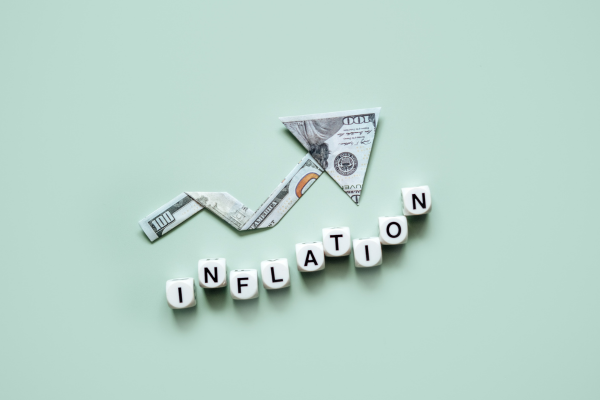This week’s economic data brought some unexpected twists, with major reports showing conflicting signals. While inflation rose more than expected, consumer spending dropped significantly. These opposing factors resulted in little overall movement for mortgage rates, which ended the week largely unchanged.
Inflation Remains a Stubborn Challenge
One of the most closely watched inflation indicators, the Consumer Price Index (CPI), provided a surprise for economists and investors. In January, Core CPI, which excludes volatile food and energy prices, rose 3.3% from a year ago, surpassing expectations. This marks the highest annual inflation rate since May 2024.
While this is a notable improvement from its peak of 6.6% in September 2022, inflation remains well above the Federal Reserve’s 2.0% target. Several factors contributed to the increase, including:
- Shelter costs (housing expenses)
- Used car prices
- Auto insurance rates
- Hospital services
Housing costs, in particular, have been a persistent challenge, keeping inflation elevated even as other sectors experience cooling prices.
The Producer Price Index (PPI), another key inflation gauge that tracks costs for businesses, showed a more stable trend. In January, core PPI increased 0.3% from December, aligning with expectations. The annual rate, however, ticked up to 3.6%, marking the highest level since February 2023.
While PPI is an important measure, it carries less weight than CPI since it covers a smaller portion of the economy. Still, the combination of rising consumer and producer prices suggests that inflation remains a key concern for policymakers.
Consumer Spending Takes a Sharp Turn
In contrast to rising inflation, consumer spending took an unexpected dive in January. Retail sales dropped 0.9% from December, far worse than the slight decline economists had forecast. Several sectors saw notable declines, including:
- Autos and auto parts
- Online shopping
- Sporting goods and hobbies
Some experts speculate that bad weather and California wildfires may have contributed to the slowdown. However, this decline follows a strong holiday shopping season, suggesting that consumers may be pulling back on discretionary spending amid economic uncertainty.
What This Means for Mortgage Rates
With inflation running hotter than expected, investors initially feared that the Federal Reserve might delay potential interest rate cuts. However, the weak retail sales report offset those concerns, as slower consumer spending could ease inflationary pressures in the long run.
For now, mortgage rates remained stable, as markets balanced these conflicting economic signals. Homebuyers and real estate investors will continue watching for Fed decisions and economic trends that could impact borrowing costs in the coming months.
Looking Ahead: Key Economic Reports on the Horizon
Next week will bring new insights into the housing market, which plays a crucial role in the overall economy. Key reports to watch include:
- Housing Starts (Wednesday) – This report measures new residential construction activity, providing insights into housing supply trends.
- Existing Home Sales (Friday) – A critical indicator of demand, this report tracks home sales across the U.S.
Additionally, the Federal Reserve will release minutes from its January 29 meeting on Wednesday, offering clues about future interest rate policies.
With mixed economic data creating uncertainty, investors and homebuyers alike will be paying close attention to the next round of reports. Will inflation remain high, or will slowing consumer spending help ease price pressures? The answers to these questions could shape the direction of mortgage rates and the broader economy in the months ahead








